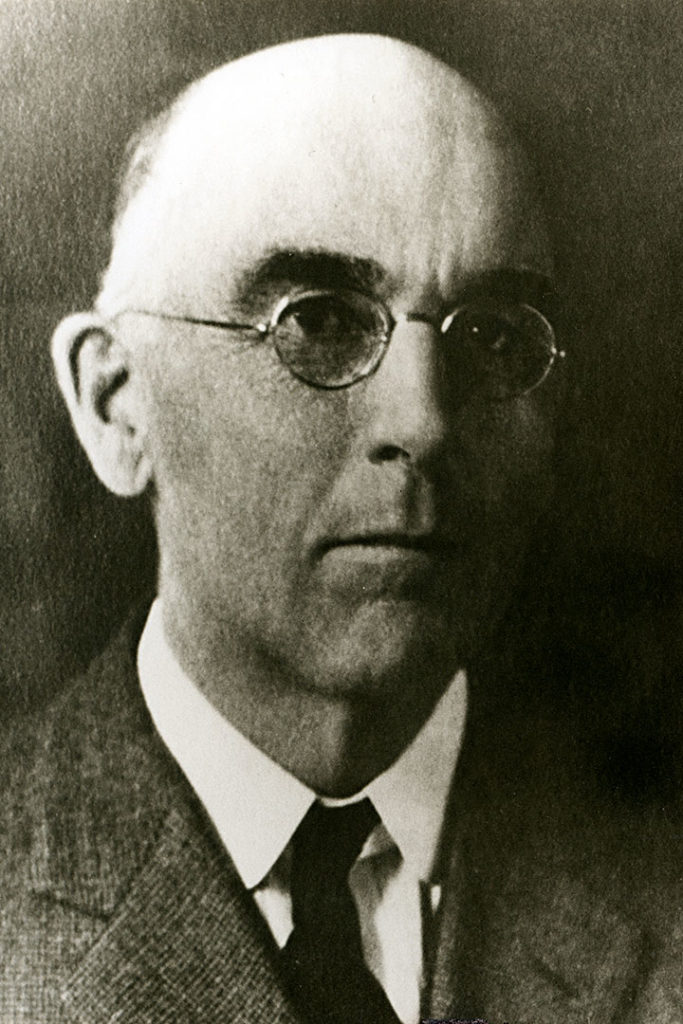1922-1929

C.R. Green was born July 18, 1861 on Prince Edward Island, Nova Scotia. With no formal education, he worked as a fisherman in the winter and a sailor in the summer. He made frequent trips to Boston by water between the ages of 19-21.
He moved to Minnesota in the 1870s and started a successful grain elevator construction business. As the railroad moved west, so did Green. He kept building elevators in communities along the track. In 1889, he was hired by the company who hired him to build an elevator in Hamilton, North Dakota and he because an elevator manager and grain buyer.
In 1897, Green left the elevator to become a cashier for the Bank of Hamilton and later organized and became president of the Merchants National Bank of Cavalier, while retaining his interest in Hamilton. He was asked by Governor Nestos to take charge of the Bank of North Dakota because of his excellent management of those two banks immediately following World War I.
Green was announced as Bank manager December 12, 1922. His knowledge of farming conditions was a worthwhile asset that he used to manage the farm loan business at the Bank, leading the Bank to its first profitable years. He is credited for introducing the importance of diversification in farming. To ensure it happened, he instituted a policy that a farmer must have four cows or their equivalent in horses, chickens or other livestock before he was eligible for a loan at the Bank.
He suffered several strokes, passing shortly after an event that paralyzed him Christmas Day, 1929.

